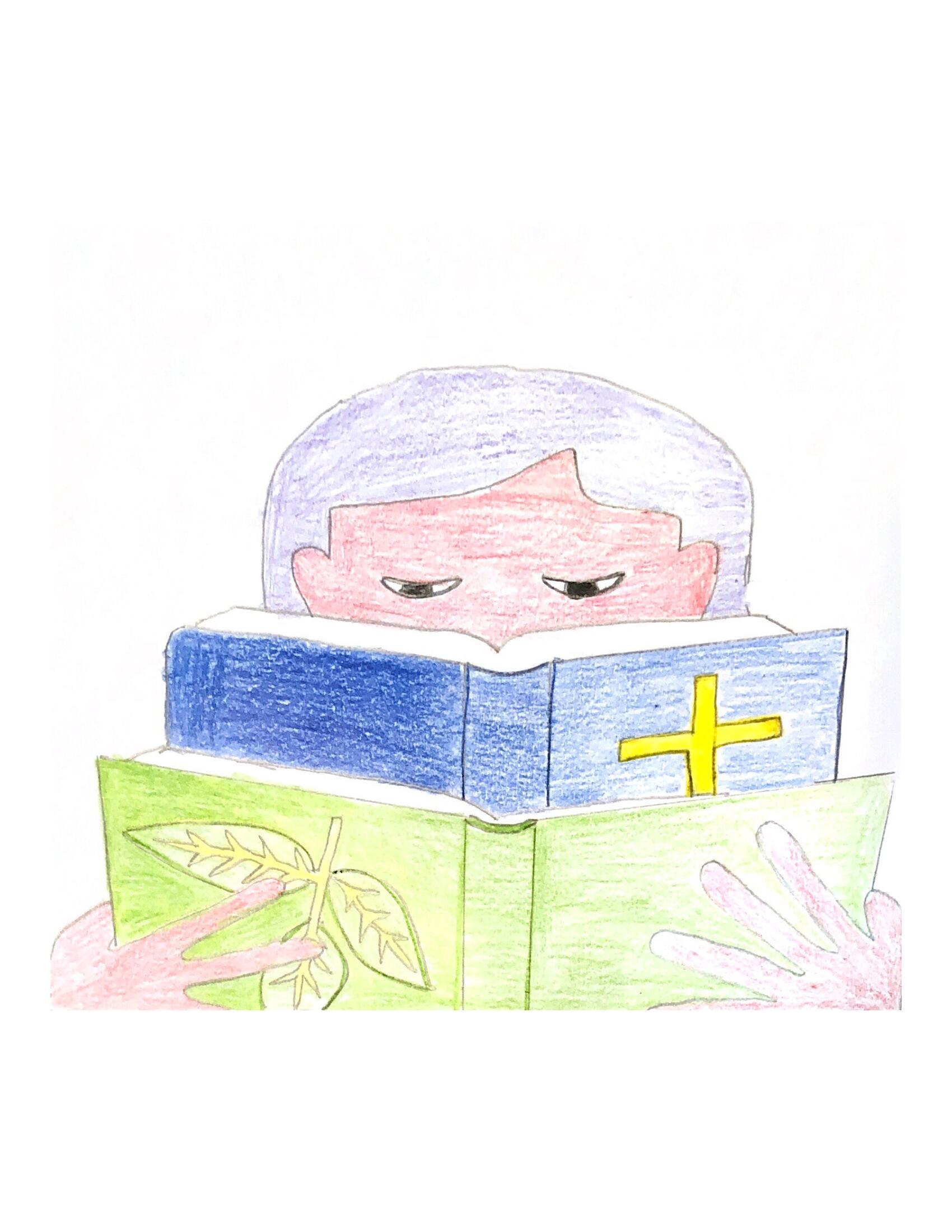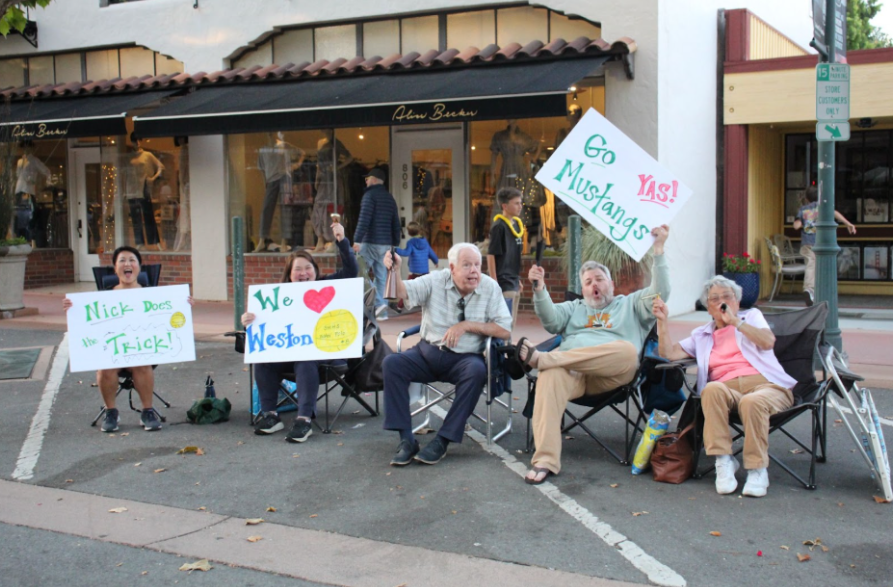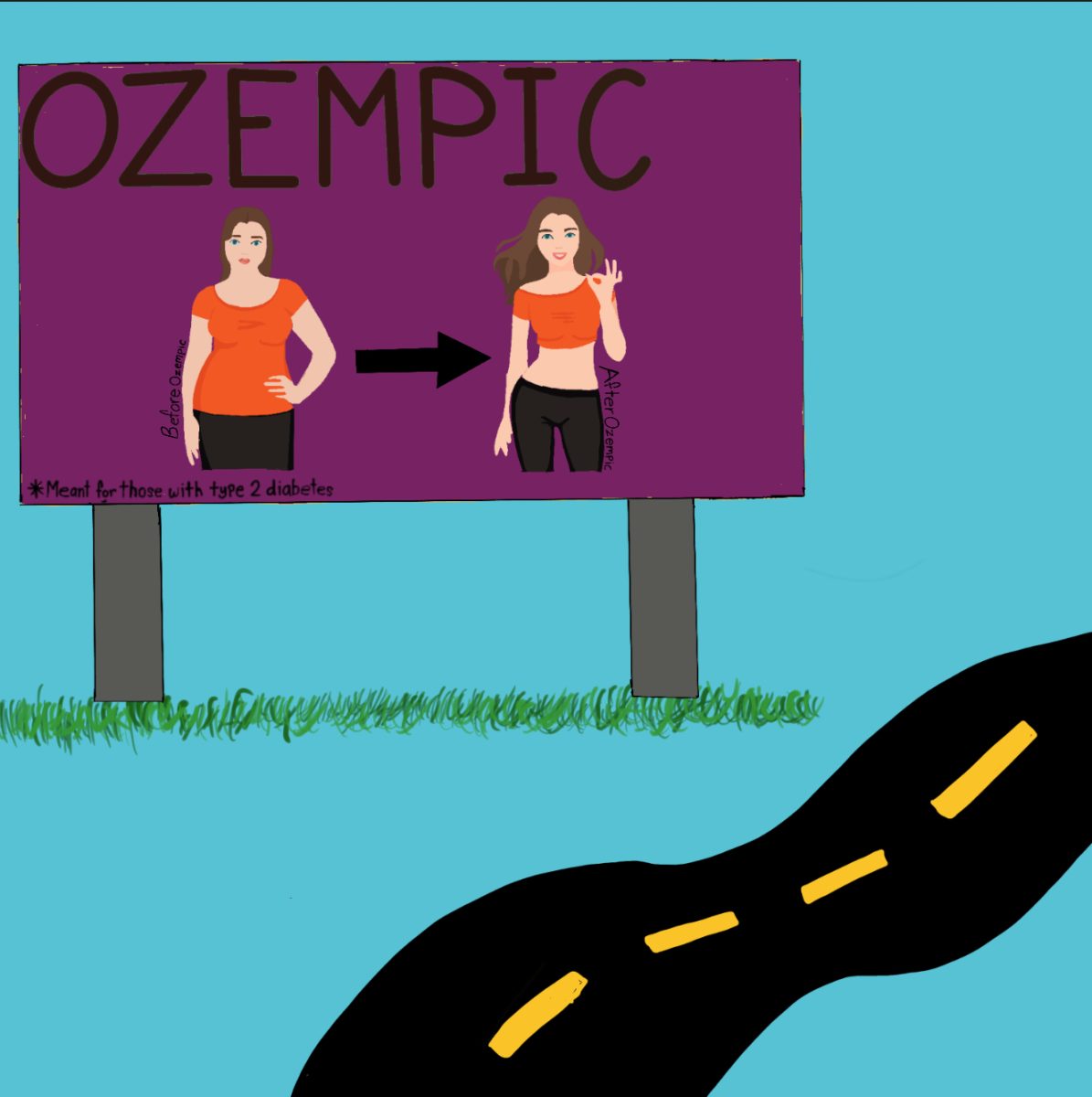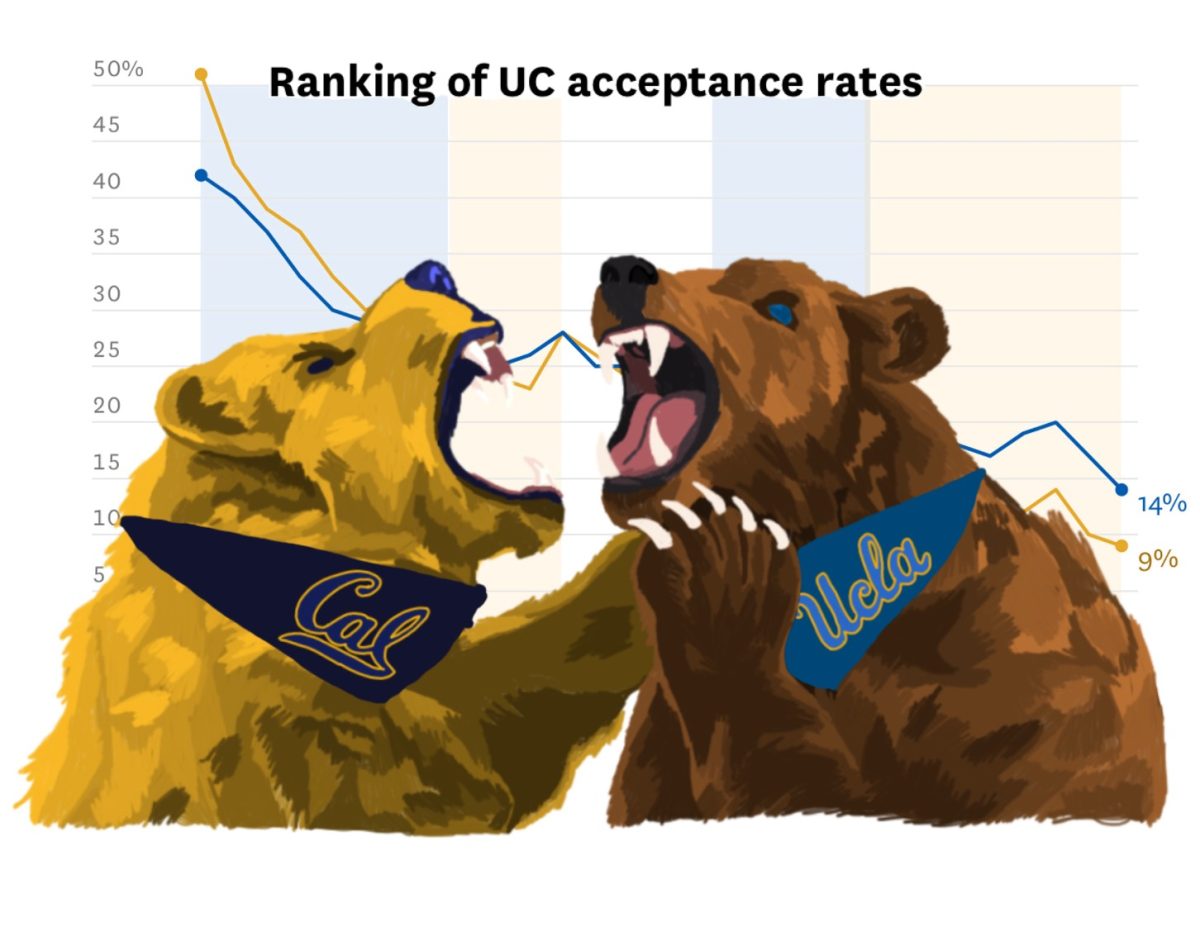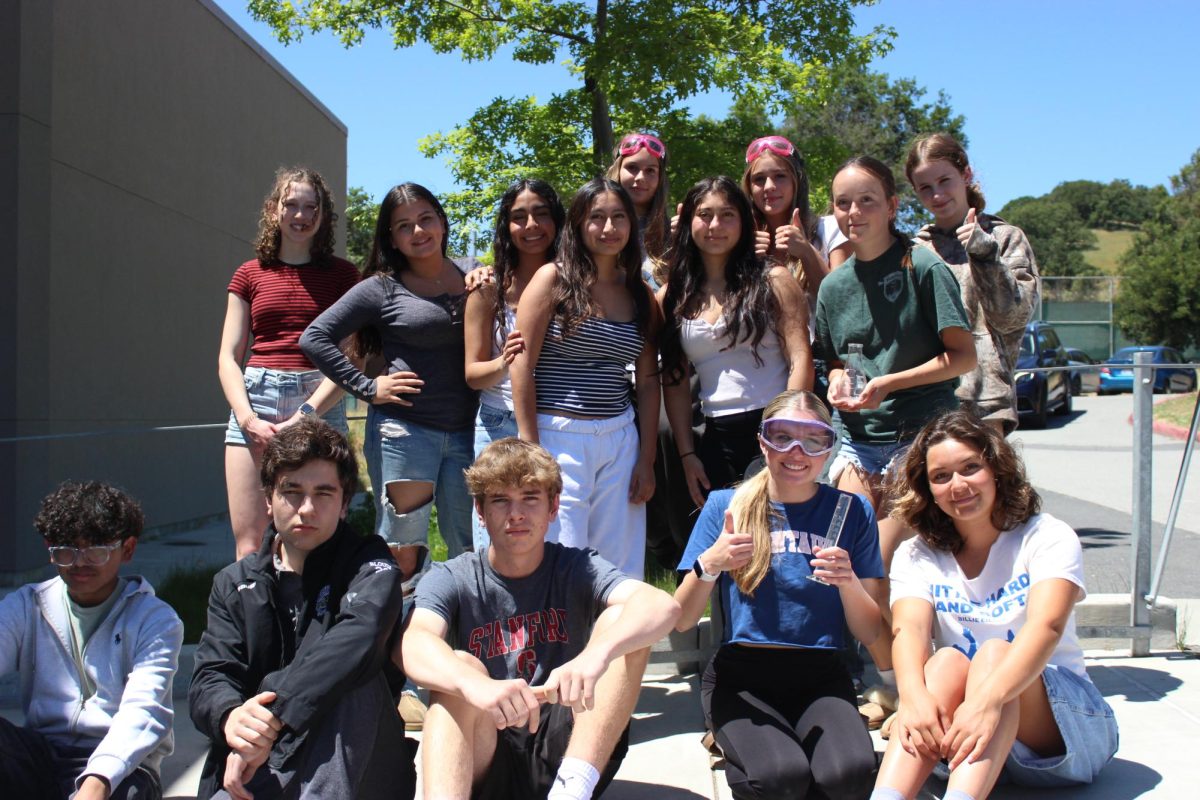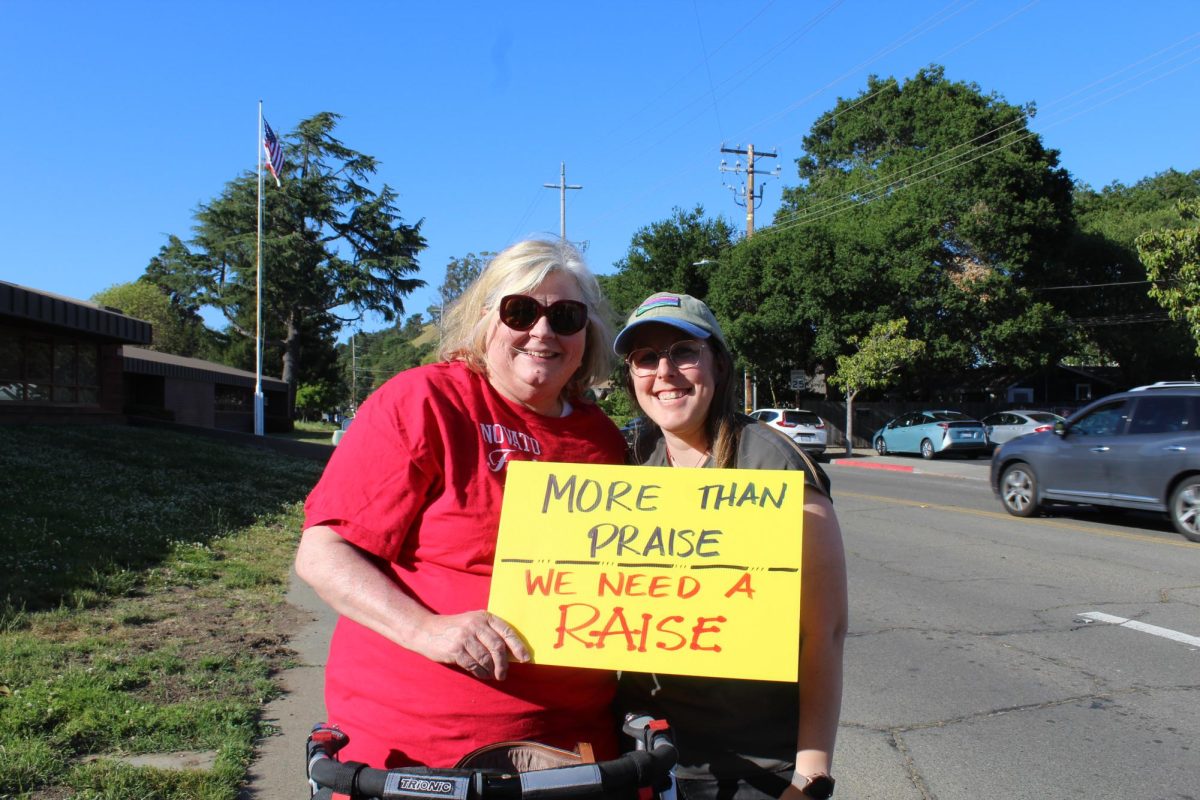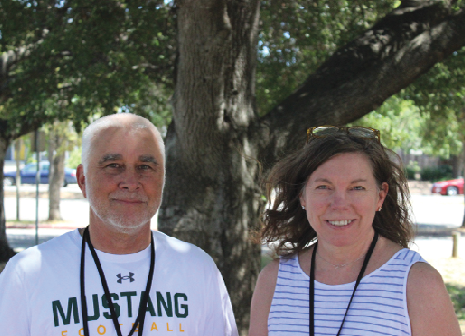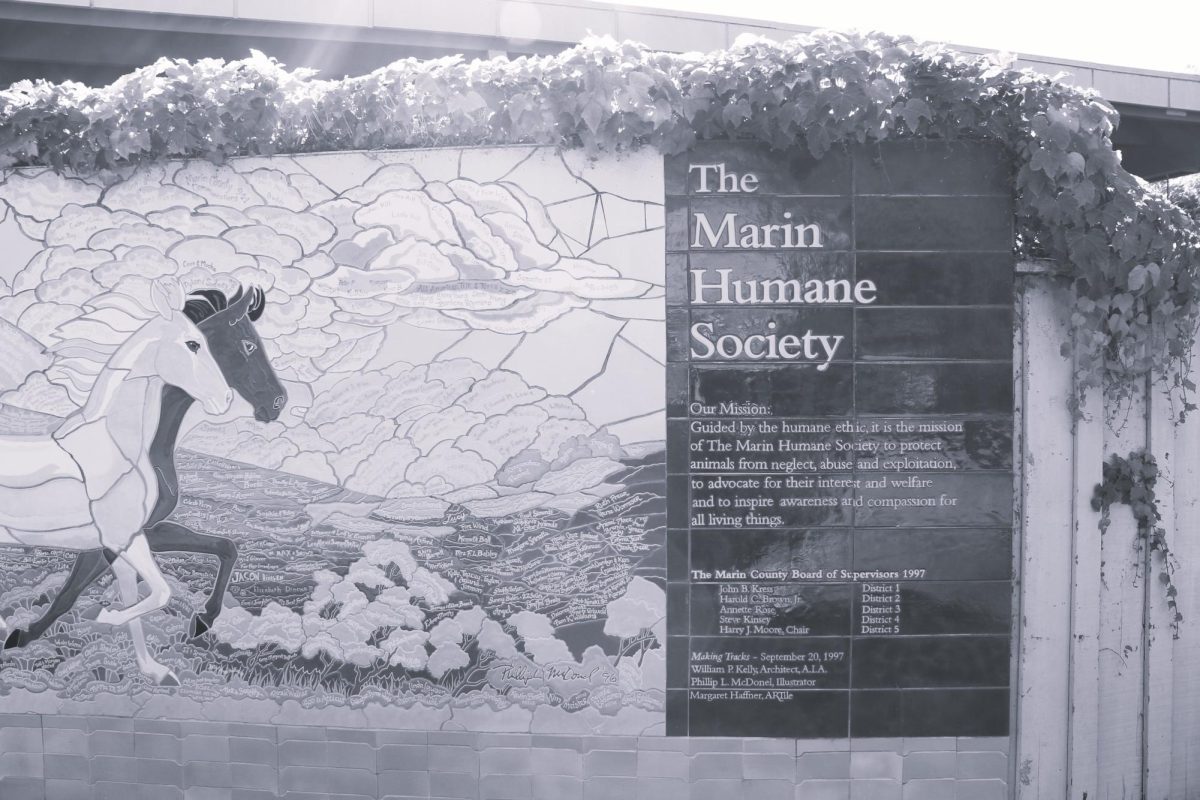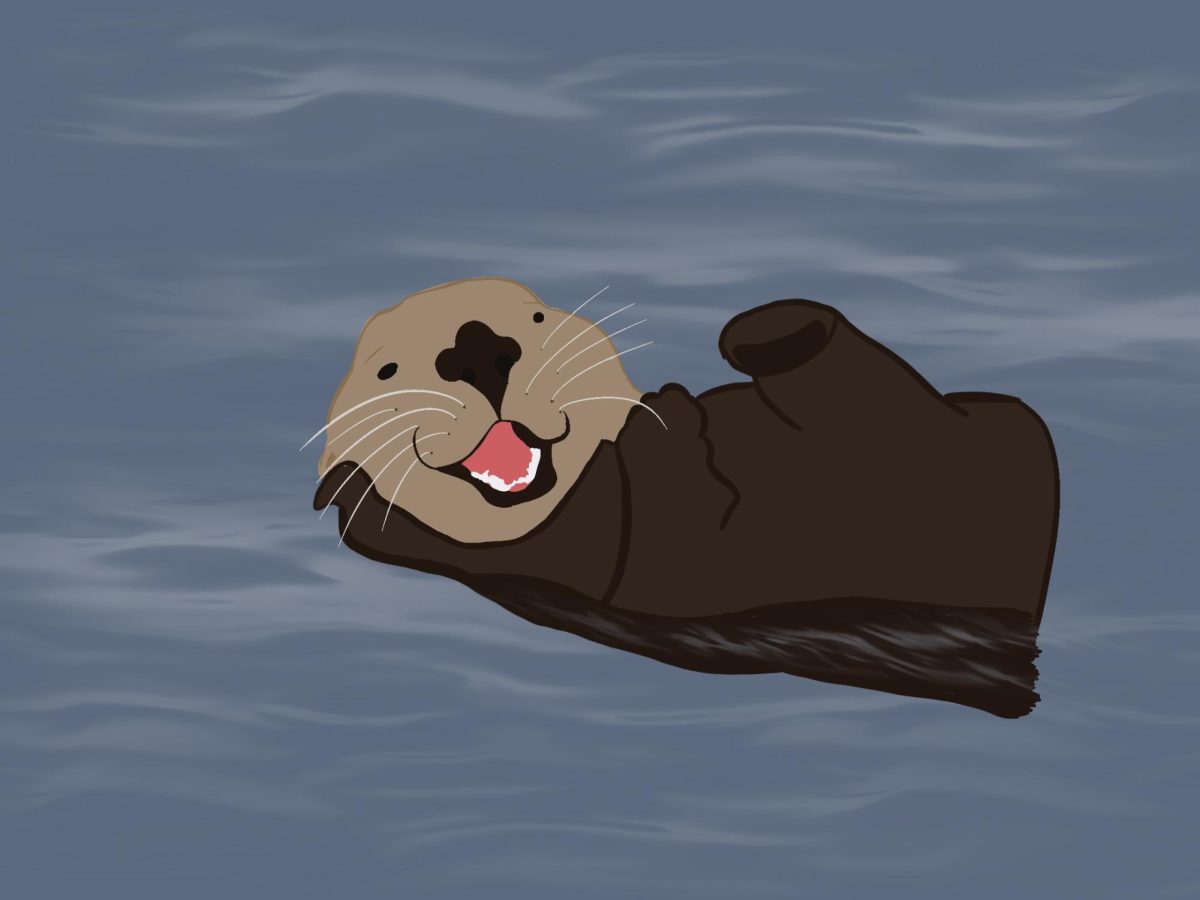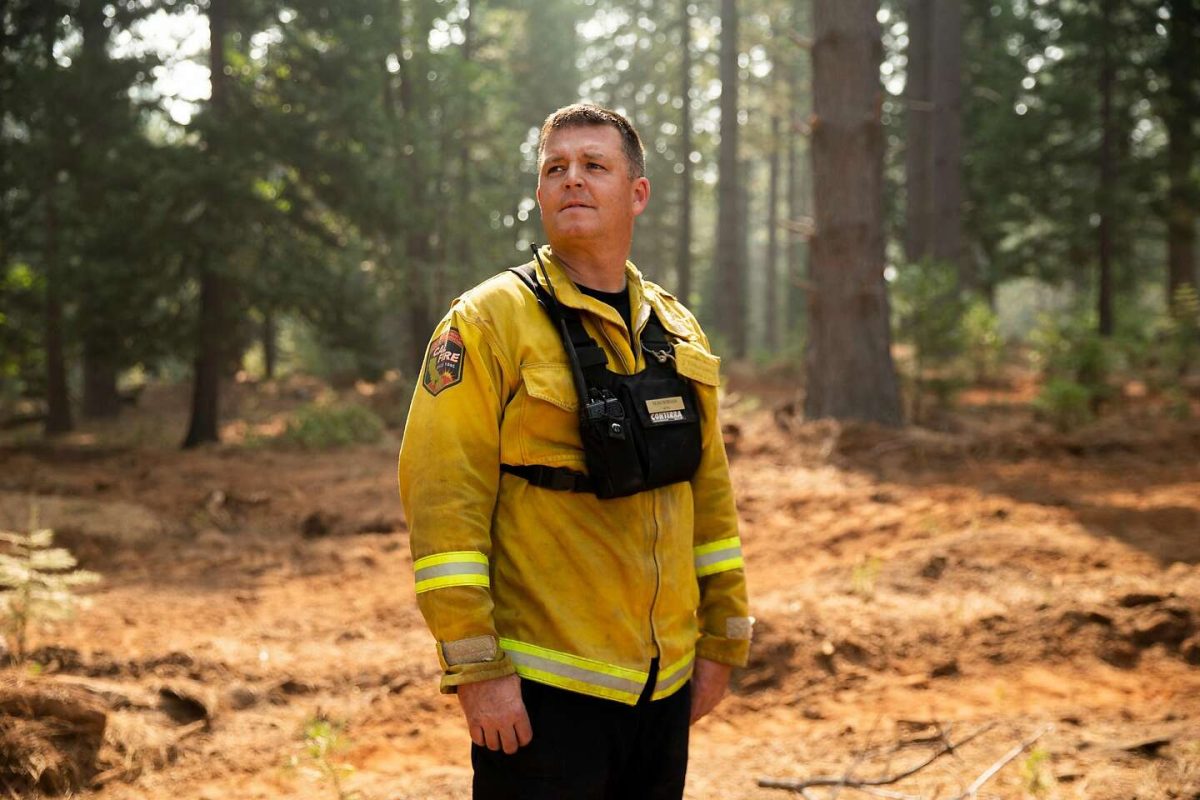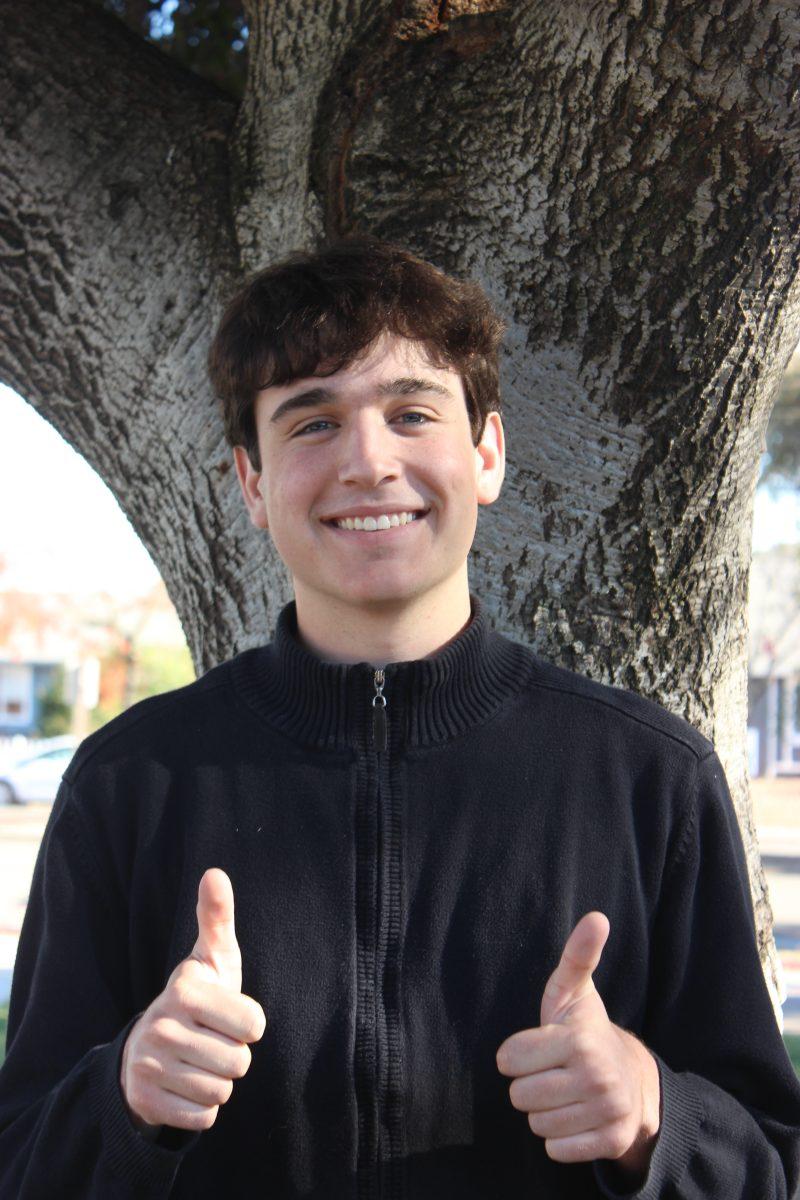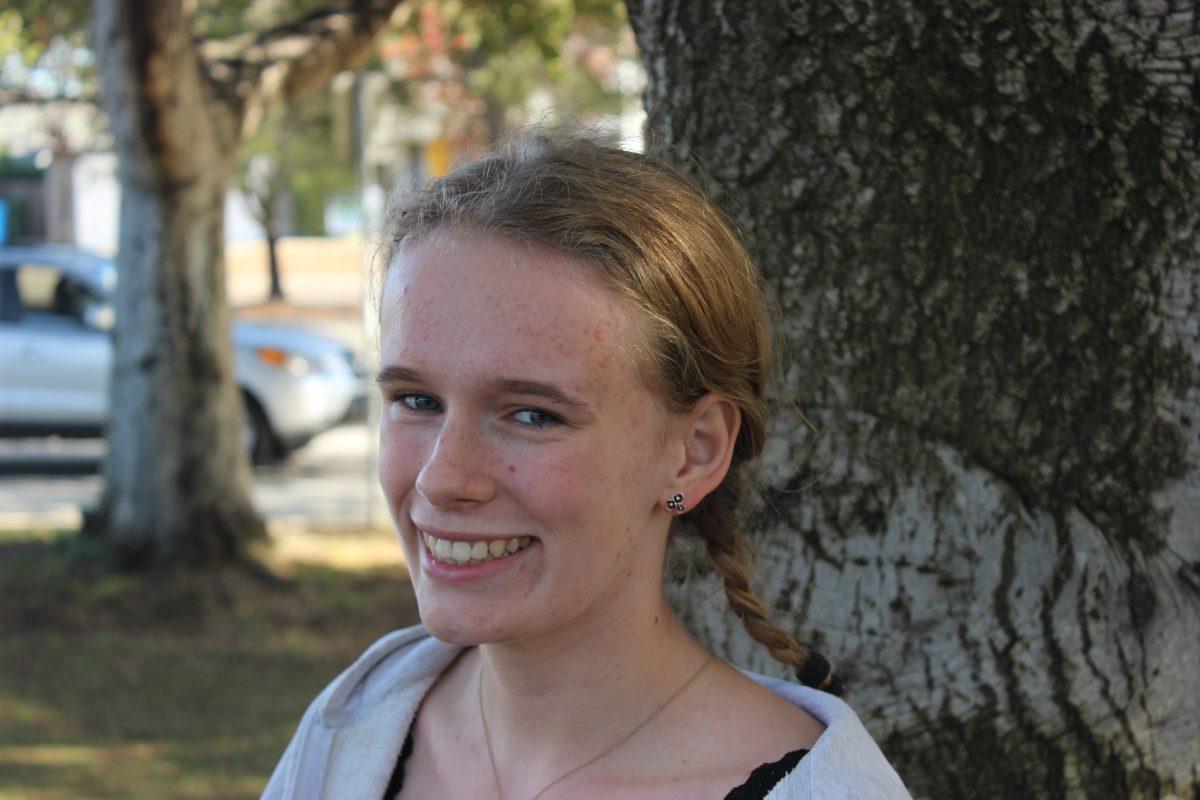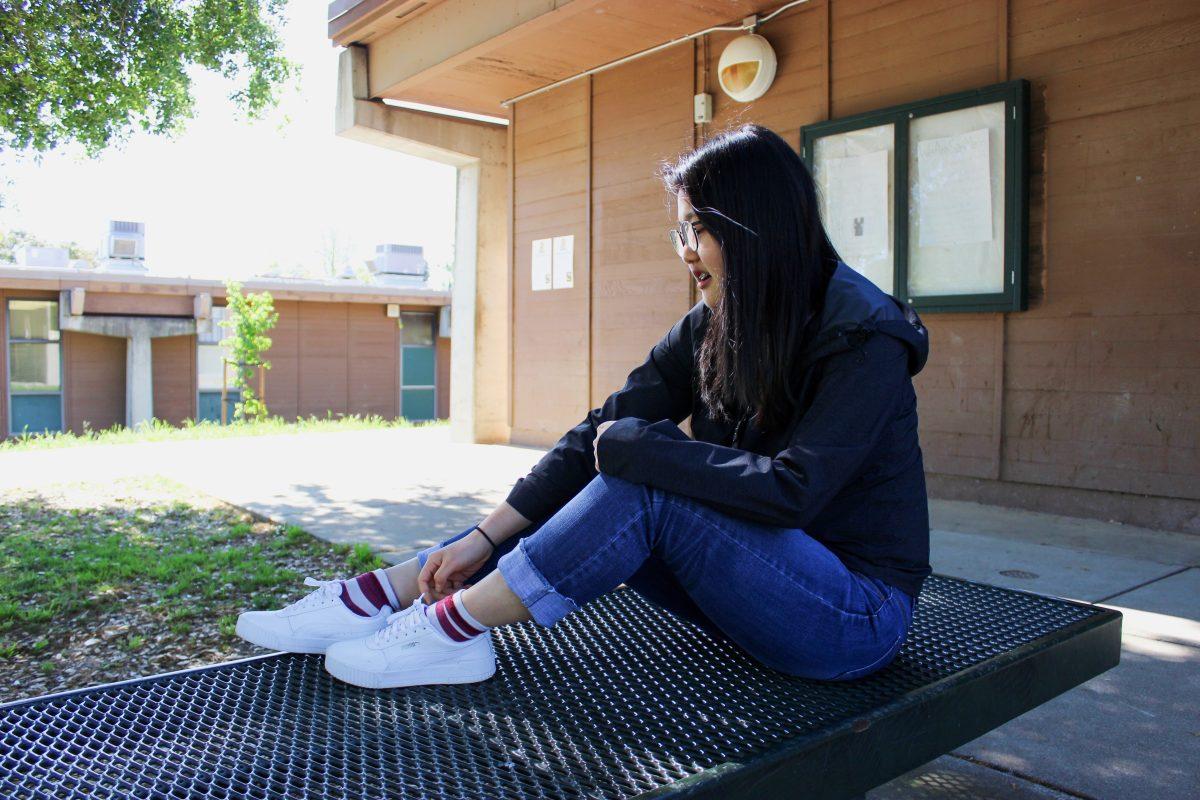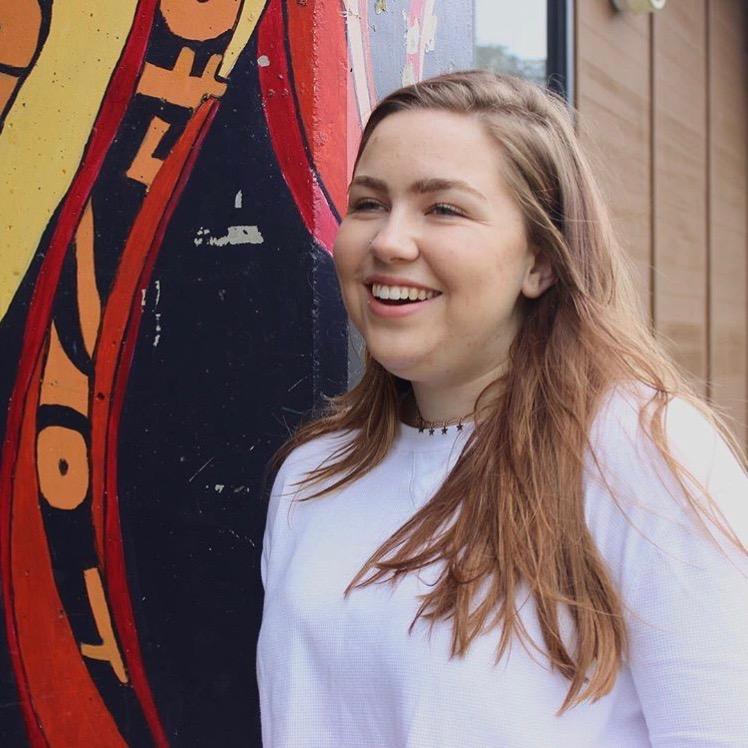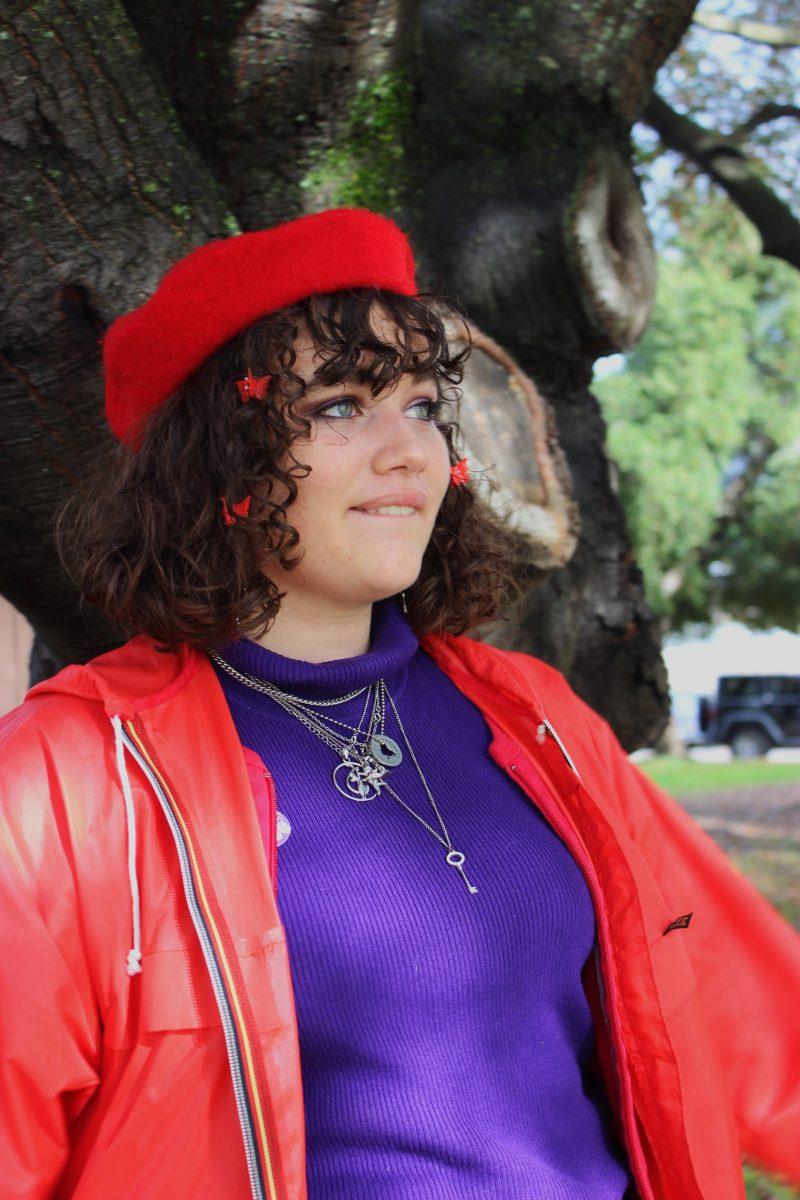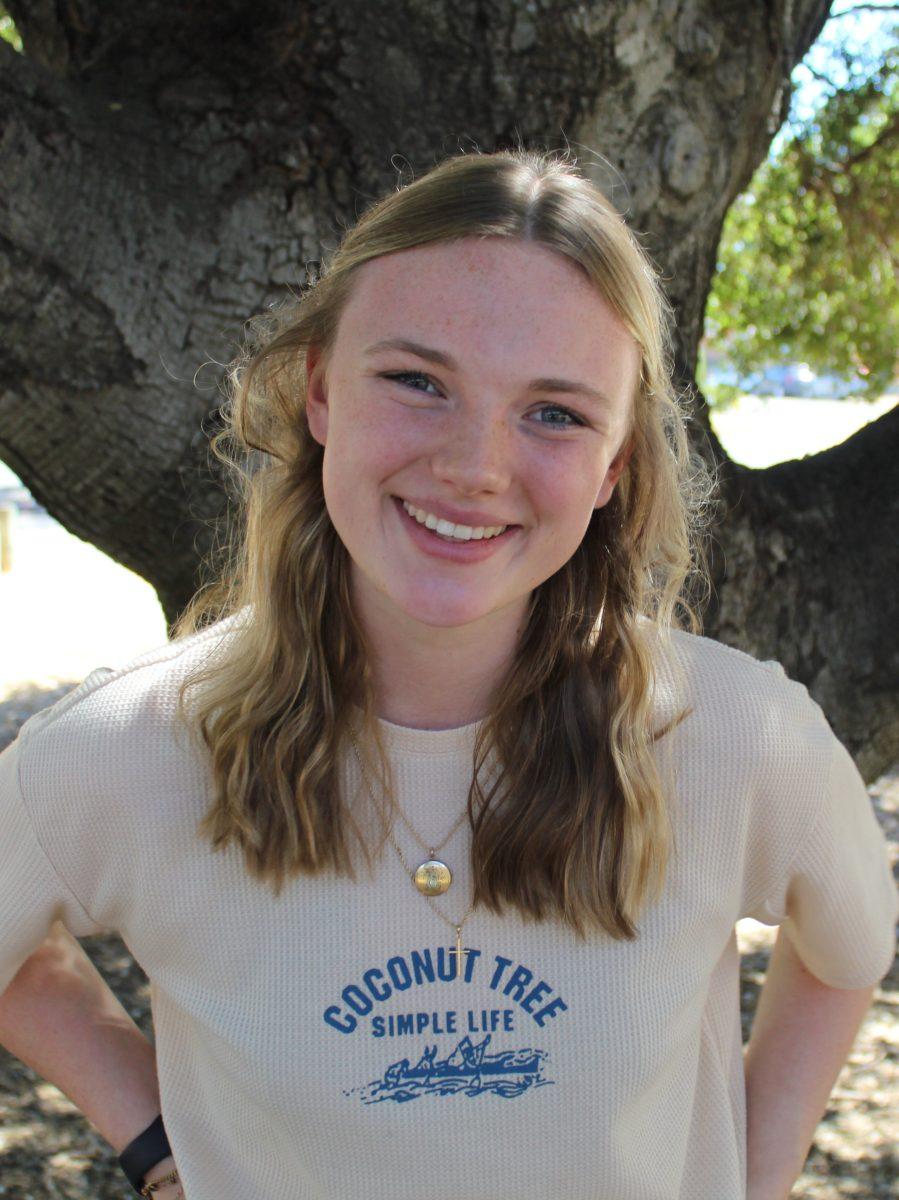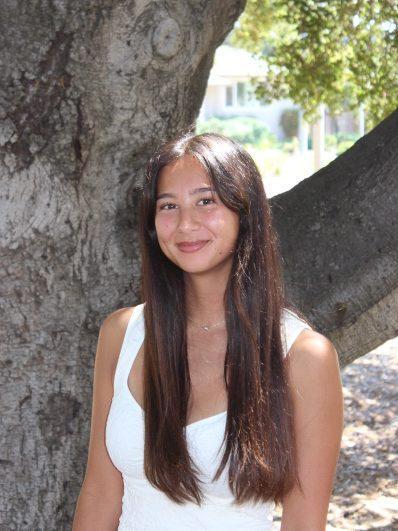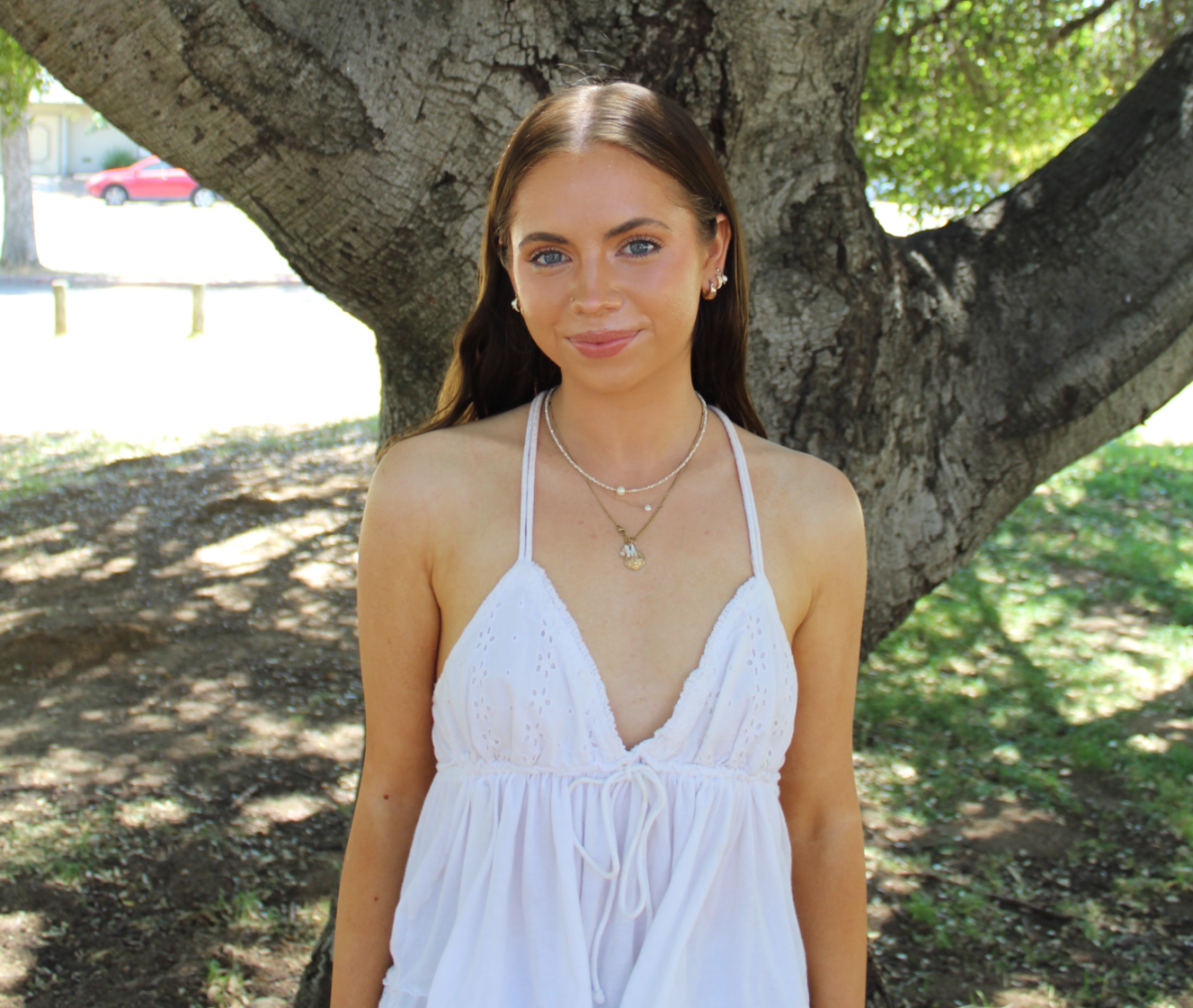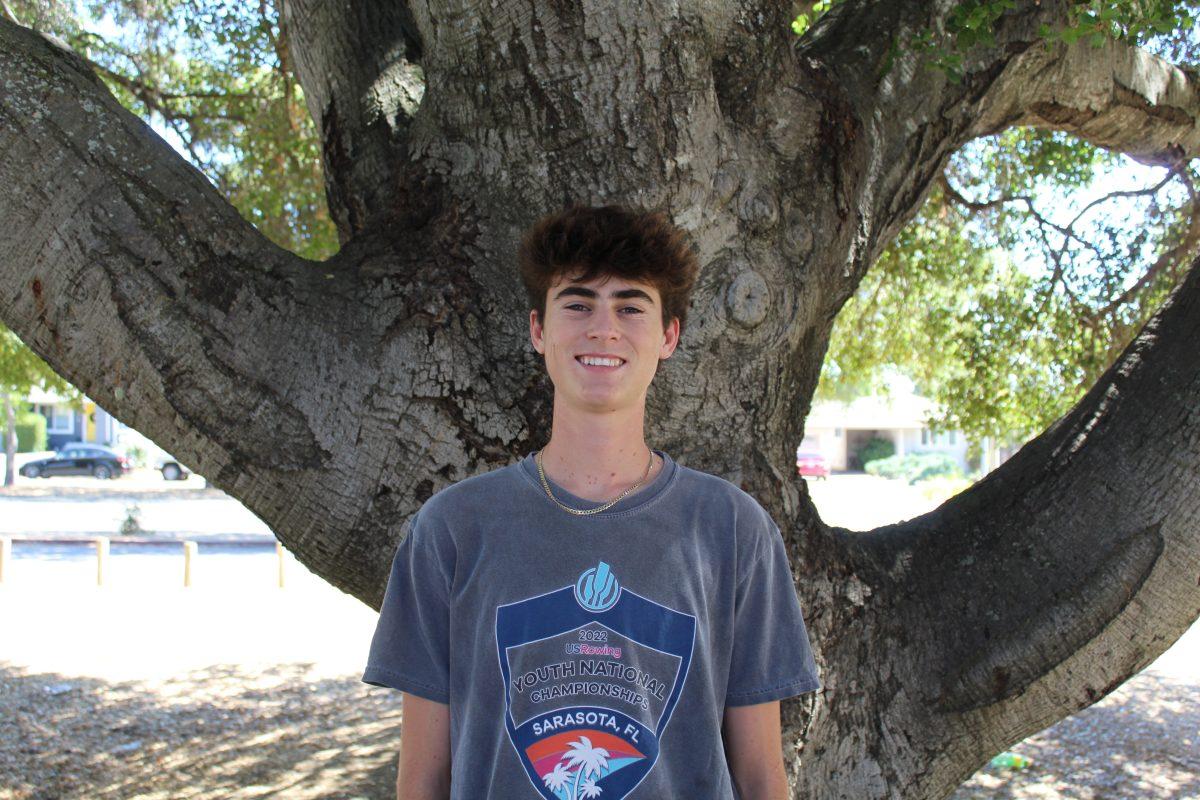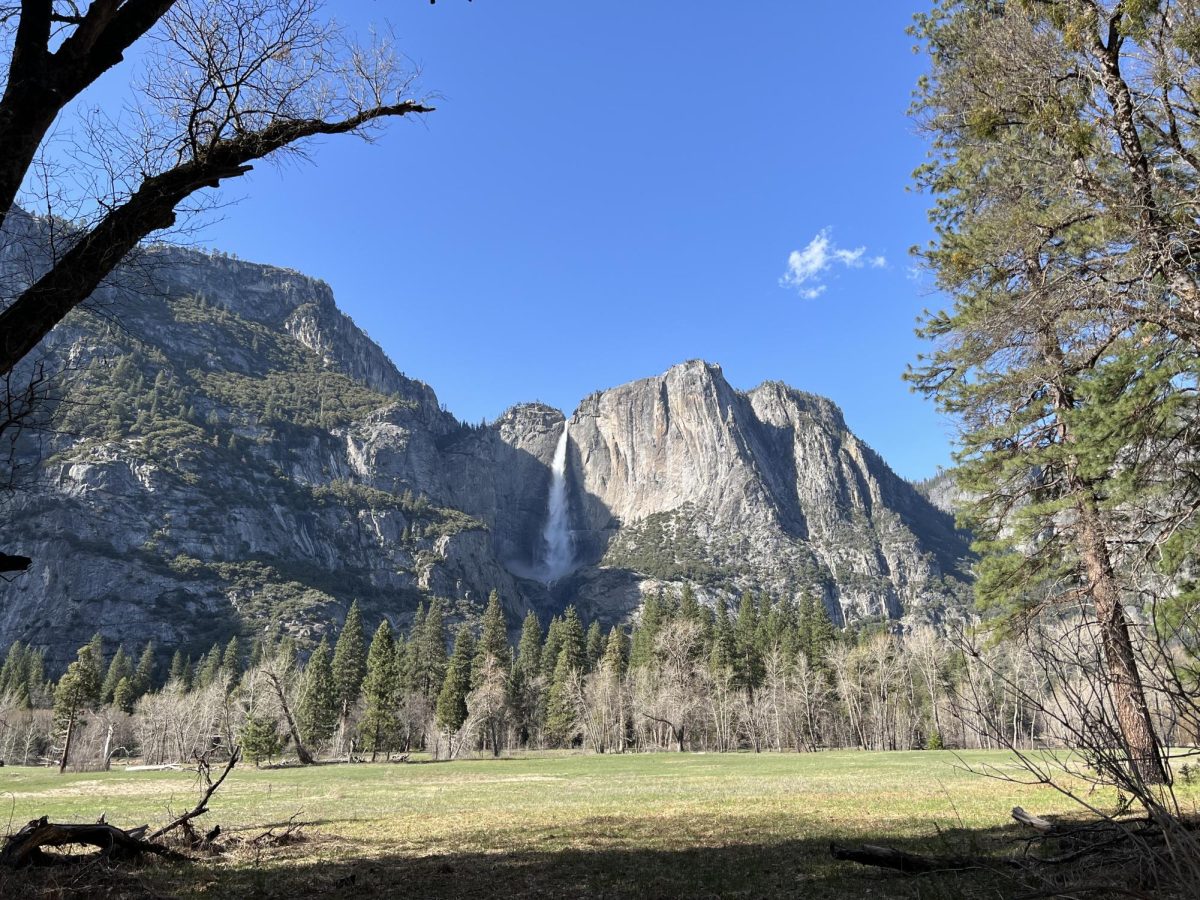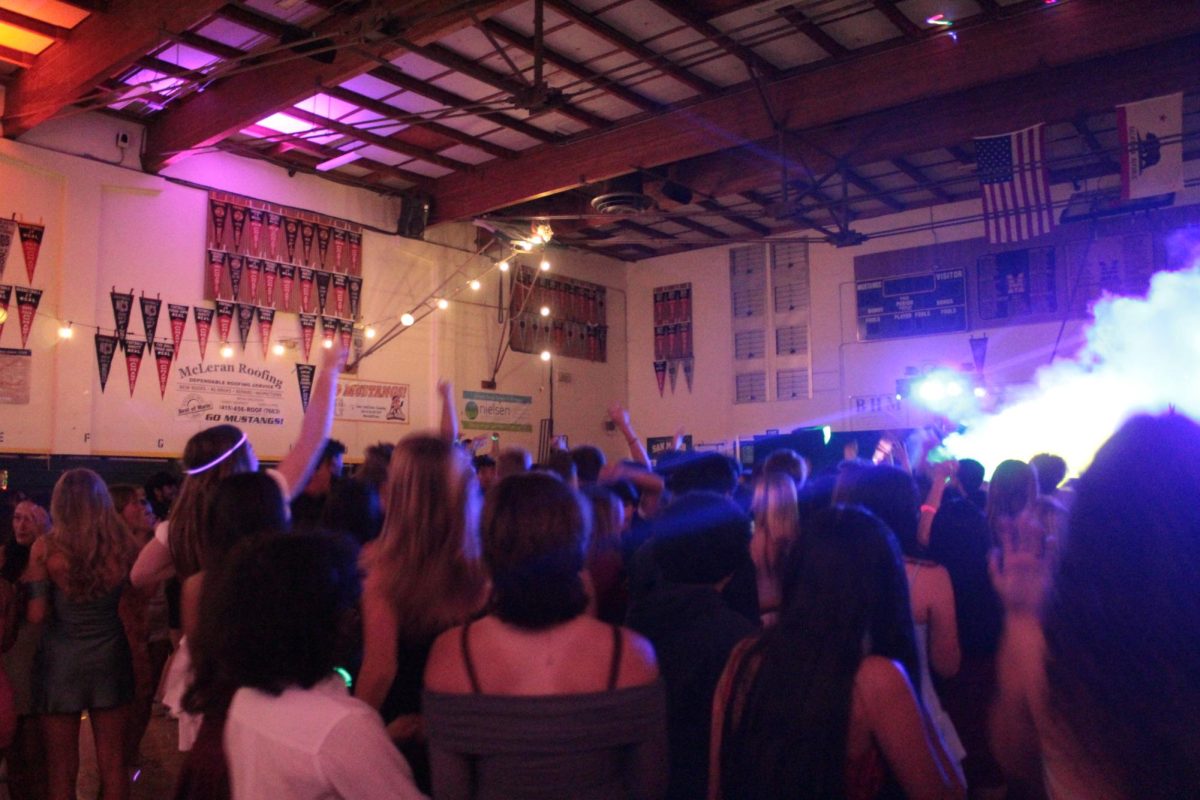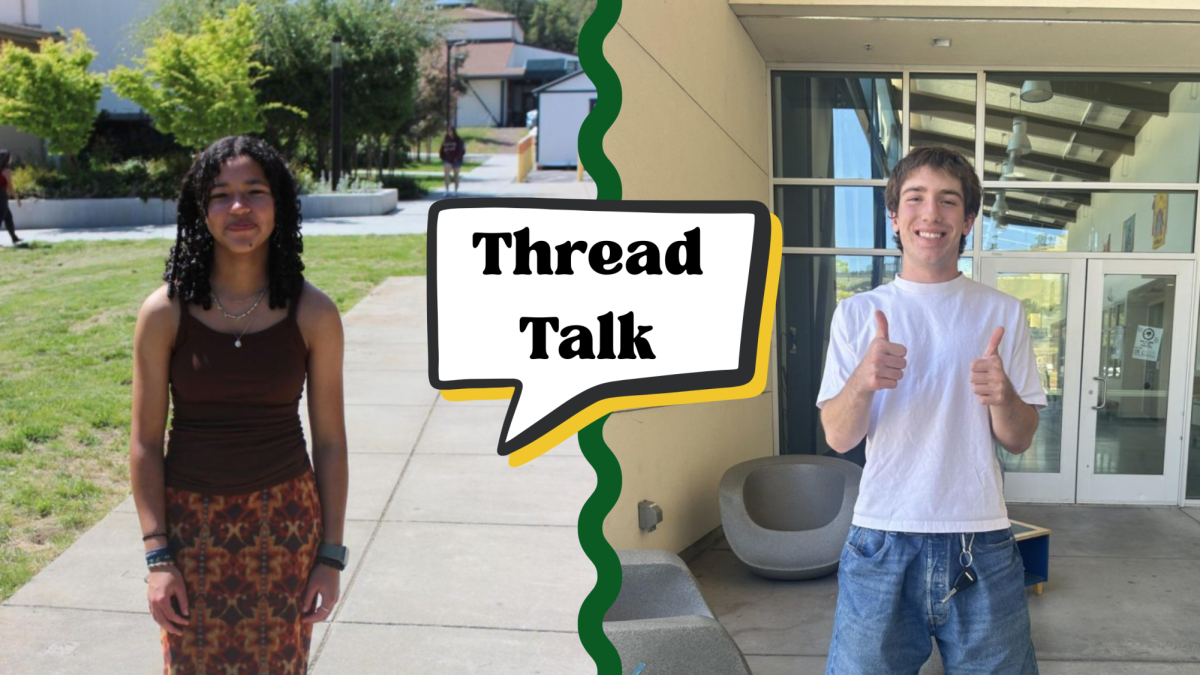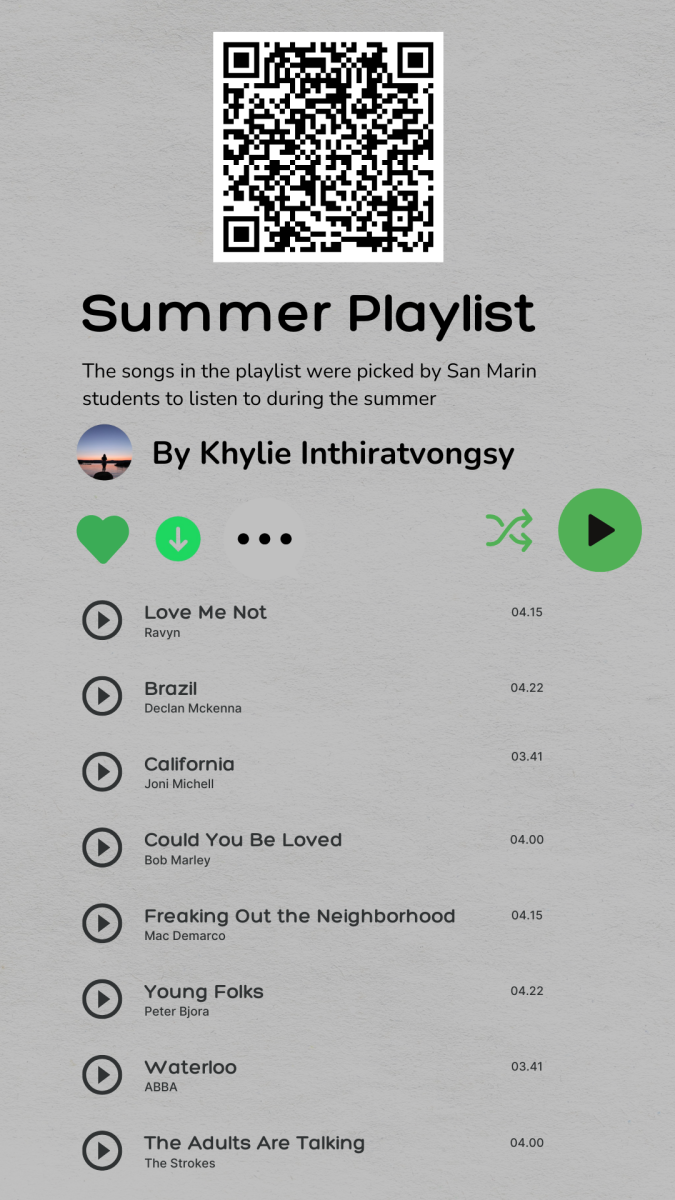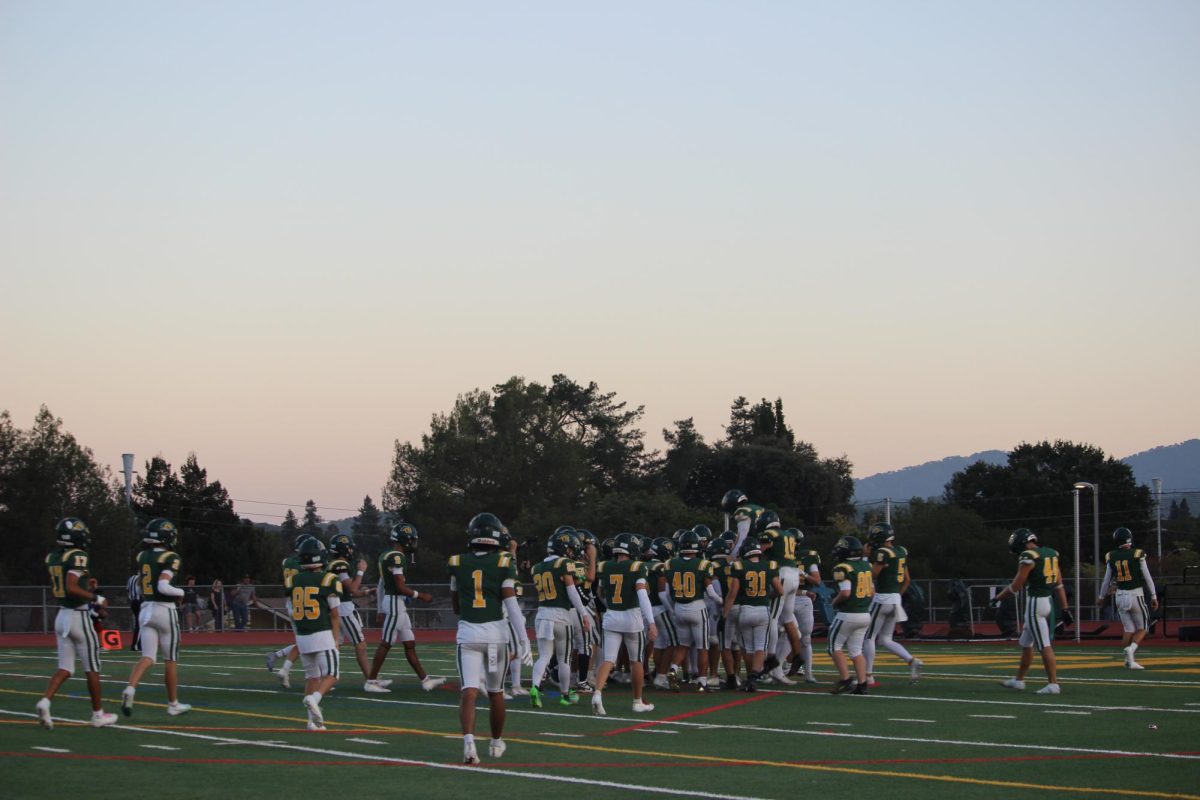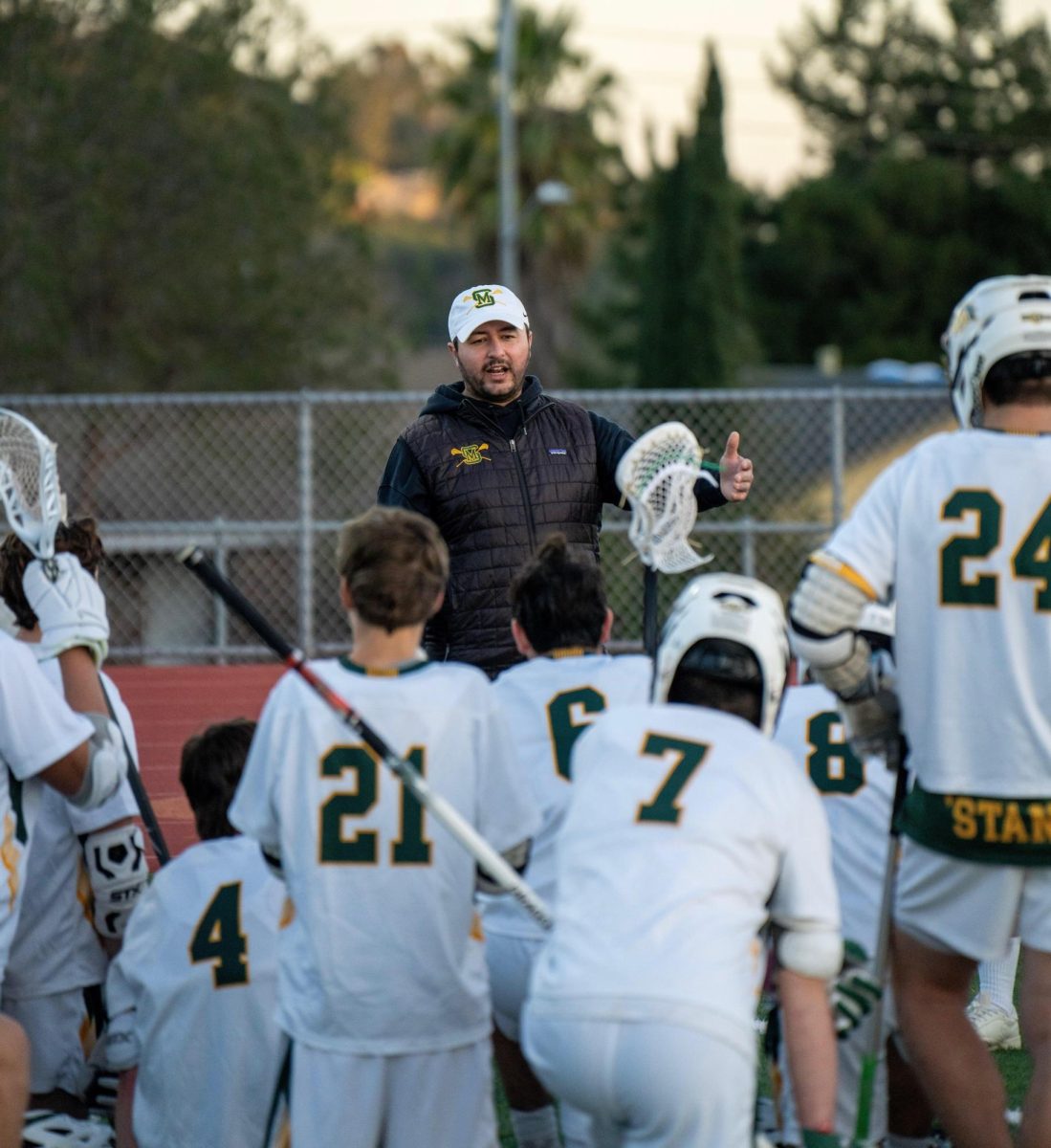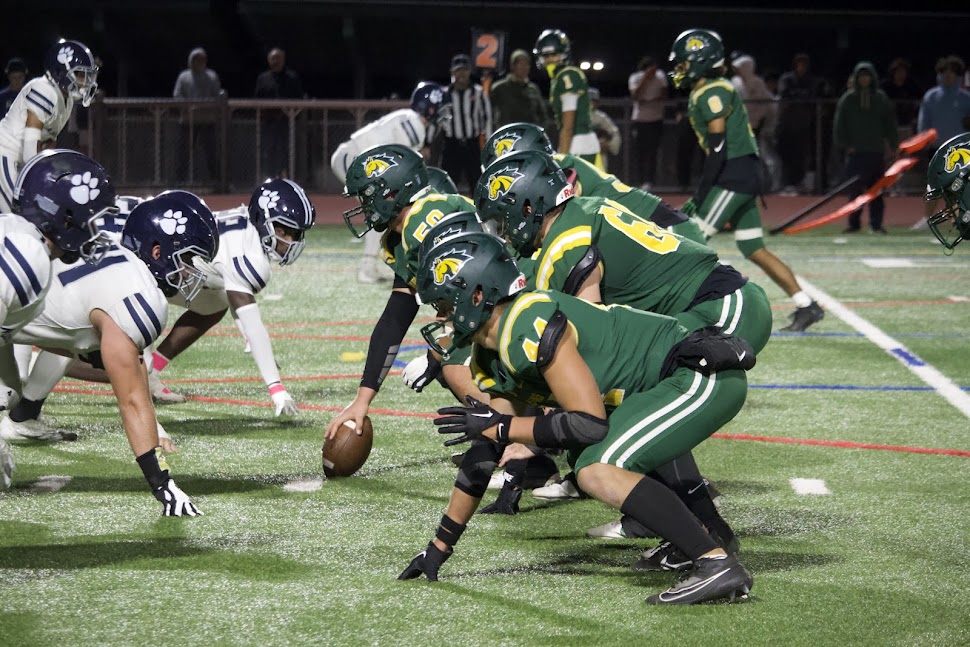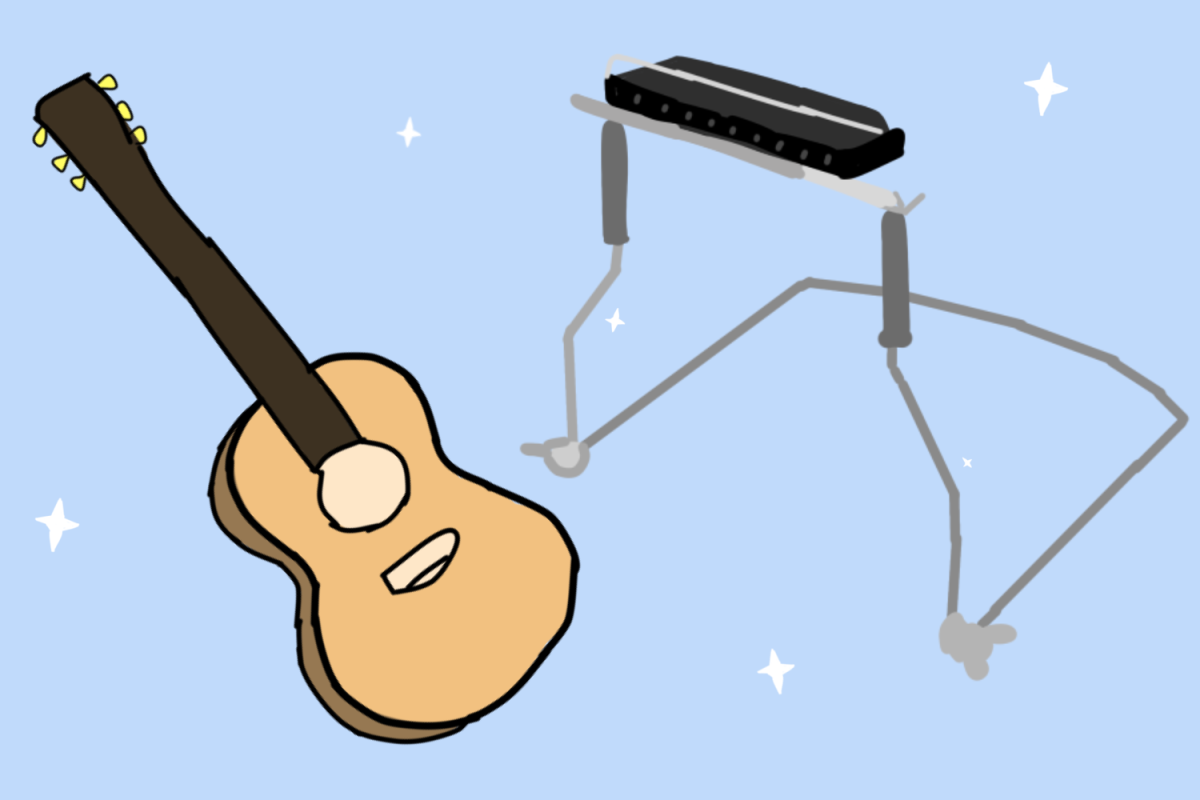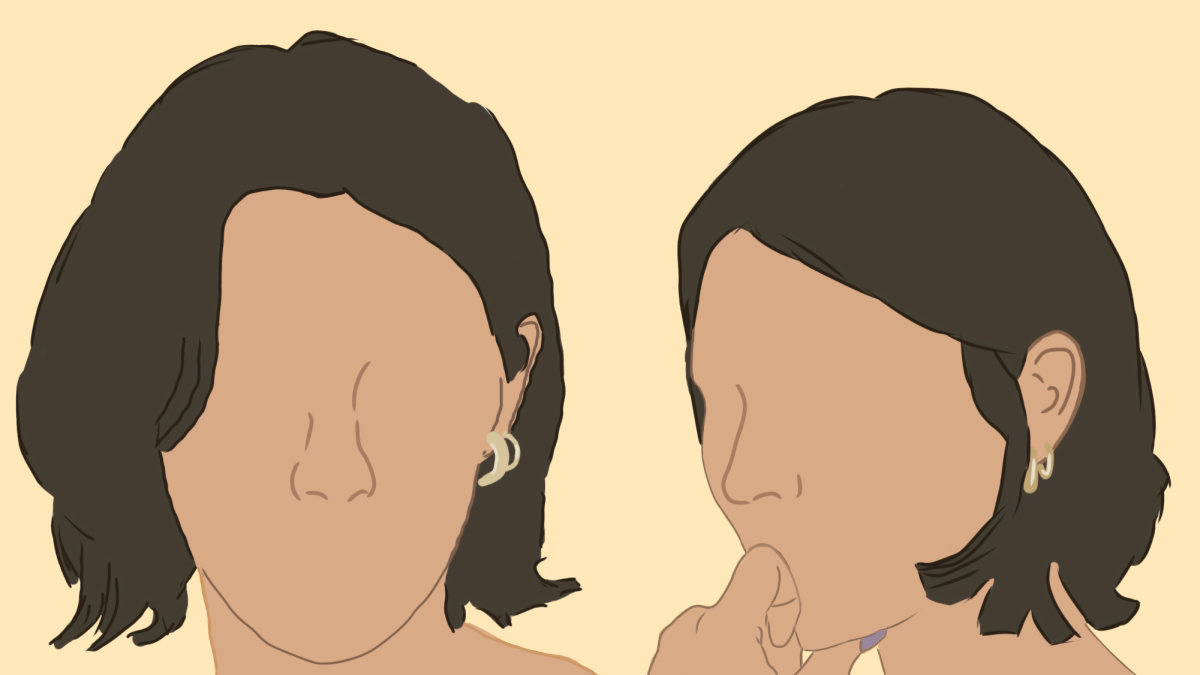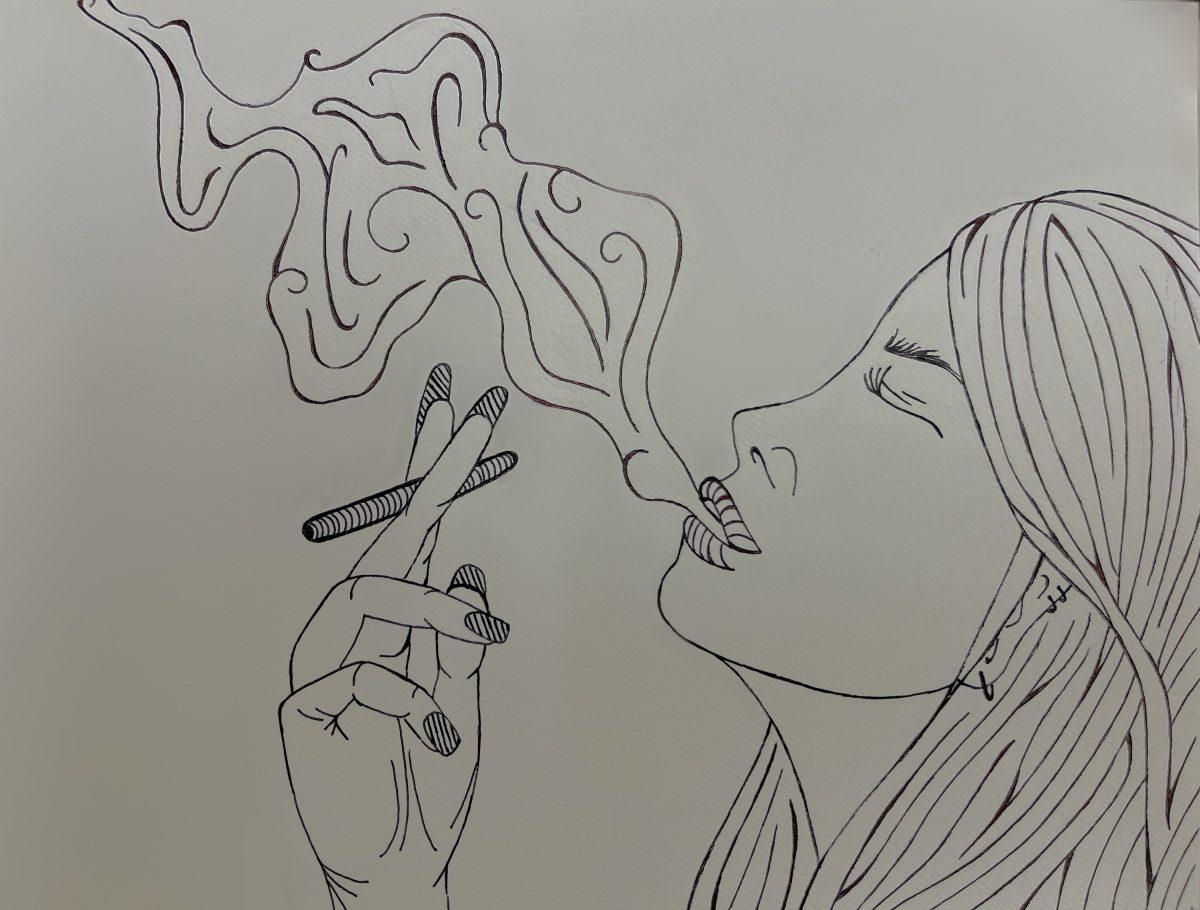The first amendment partially reads that Congress shall not make any laws respecting a religious establishment or prohibit the free exercise of any religion. This applies to public schools and is known otherwise as the separation between church and state. Religion has become intertwined with many aspects of daily life and lays the moral grounds for about 70% of American citizens (Pew Research Center). This creates problems for lawmakers and school teachers across the nation, including those at San Marin.
The first amendment has two clauses to maintain secularism: the establishment clause stating that the Government should have no established religion and the free exercise clause that states no intervention of the private practice of religion.
“These two [clauses] need to battle it out, you have the establishment clause saying there needs to be a wall in between religious practice and the government;” AP Government teacher Michael Spinrad said. “Yet you have some people called accommodationists that want to work with religion to accomplish the public good.” This conflict leads to controversy in schools.
Religious clubs at San Marin
The “Good News Club v. Milford” court case attempted to tackle some of these controversies deciding that religious clubs are permitted during non-school hours. Principal Mark Sims believes that at Novato Unified School District, lunch time is considered a non-school hour; therefore Jesus Club at San Marin does not violate the supreme court ruling.
“If it is still considered a part of the school day then I would find it problematic because it seems to be going over the bounds of the public school, entangling itself with religious expression,” Spinrad said. “It is right on the edge of what is allowed and what is not allowed as far as religious expression in the public school environment.”
Although Jesus club is San Marin’s only religious club, San Marin does not support one or no religion over others. Prayers are student-led and the club is self-funded, thus separation between church and state is maintained. San Marin, a public school, is also required to not inhibit students’ freedom of expression.
“I would say San Marin is promoting acceptance, and a forum for people to talk about things freely,” Spinrad said.
Literature and Secularism
English classes commonly come in contact with religious themes. Most class books include references or parallels to storylines of religious texts. English teachers have the job to provide and encourage full analyses of the text, especially AP classes that may have religious texts on the exam.
“As long as the focus is on the skills, the book is almost irrelevant,” AP Literature and Composition teacher Damon Uriarte said. “If we are making sure that the learning we are doing is about the skills and the expected outcome, then there is room to make sure everyone is comfortable with what they are reading.”
Health class and secularism
On Jan. 1, 2016, California enacted the Healthy Youth Act to “integrate the instruction of comprehensive sexual health education and HIV prevention education” (California Department of Education). This act faced a mixed reaction from certain religious groups, some claiming it sexualizes children through teaching them subjects too graphic and inappropriate for their age group. The act allows a spectrum of comprehensive sexual health education, and lays out a curriculum along with training for teachers.
“I do not think the intent is to radicalize or force a certain way of thinking, I think the intent is to give teacher support and structure if they feel it is relevant and necessary to include those types of lessons into their class,” Health teacher Cory Boyd said.
Some aspects of the Healthy Youth Act begin as early as kindergarten, focusing on acceptance of the LGBTQ+ community which goes against some religious beliefs. Unlike the sexual health teachings, students cannot opt-out of this curriculum. “When you take information like that [The Healthy Youth Act beginning at kindergarten] and put it in a headline it can cause some alarmism because people do not understand what a curricular framework is; it is not a requirement,” Boyd said.
Anti-LGBTQ+ communities have shown opposition to education regarding the LGBTQ+ community whether it be on sexual health, acceptance, bullying, etc.
“Regardless of your views on gender identity, expression, or religion, wherever you fall on any of those given spectrums kindness is always free,” Boyd said.
Physical education and religious practices
Observing religious holidays that include fasting puts many students at a complicated decision on how to proceed with Physical Education (P.E.). High levels of exertion from P.E. become unsafe with some fasting holidays lasting multiple weeks. When students do observe a fasting holiday, teachers work with students to adjust the activities .
“I have had students who have been fasting, and because they were not eating during the day we have modified activities for them because it would not be fair,” P.E. teacher Ben Philpot said.
The San Marin P.E. department works to balance the traditional grading or activities to pertain to each student, but there are other occasions that require this. Some religions encourage followers to dress modestly which clashes with the San Marin P.E. uniform. Students are welcomed to bring their own clothes that follow their preferred way to dress as long as it follows the same colors, and it is communicated to the teacher. San Marin has experienced multiple instances of students being uncomfortable changing in front of other students. P.E. is much more individualized than other classes and requires extra steps to be inclusive and respectful of everyone. Philpot and other San Marin P.E. teachers do their best to create a more comfortable environment for students.
Science and secularism
Teaching evolution has caused uproar from parents and students leading to over ten major court cases discussing the science curriculum in the United States. As of 2020, 69% of states teach evolution as an established science, which increased 19% since 2007 (Penn State University). San Marin teaches evolution as a theory, but theories are often misconstrued to be a guess or haphazard explanation.
“In science, everything is a theory, which just means it is supported by a body of evidence but can still be tested, added to with new knowledge, or even disproven,” Biotechnology teacher Michelle Lafevre-Bernt said. “All theories that we accept due to a large body of supporting evidence and ongoing testing of the theories.”
When teaching the theory of evolution, teachers run the risk of upsetting members of certain religious denominations that believe in other natural processes or creationism, which states that the universe and living organisms originate from the divine. San Marin science teachers work to remain respectful of students’ beliefs.
“Everyone in our department deals with teaching evolution in the same way: teach the scientific evidence and reasoning for evolution,” Lafevre-Bernt said. “No one addresses creation with the justification that it is not a scientific theory and can’t be tested using the scientific method.”
Every subject and teacher approaches secularism and respect in different ways, but all remain on the state side of church and state, which is not the easiest job for many classes.
“I think it starts by setting the ground rules at the beginning of what conversations should look, sound, and feel like; here’s the expectations of what can be posted,” Uriarte said. “If it starts with that kind of conversation, it usually mitigates those kinds of outlying commentary.”
